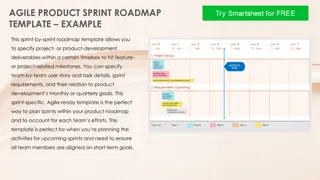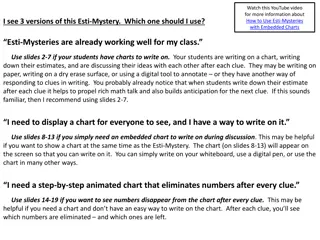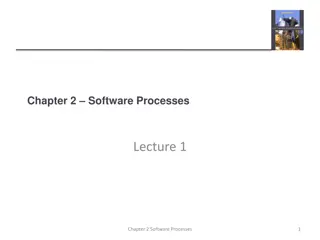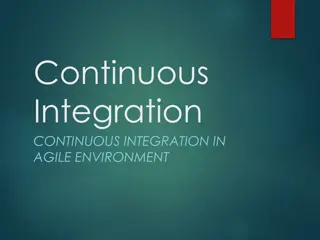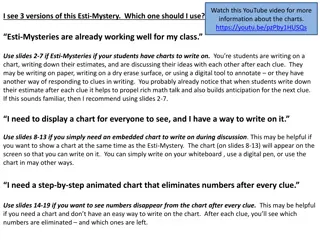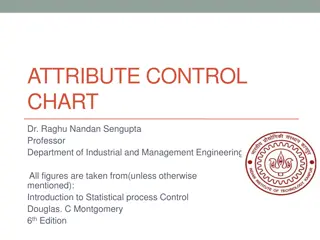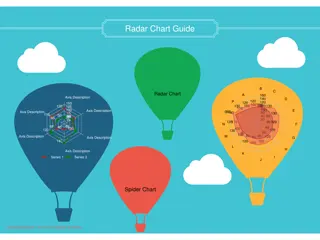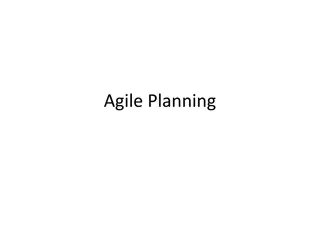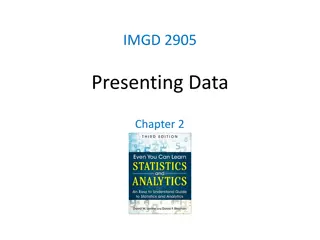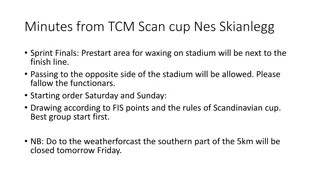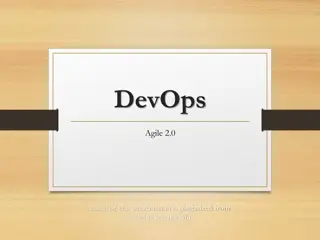Sprint Plans and Burndown Charts for Effective Agile Development
This content provides valuable insights into sprint planning, agile development, and SCRUM methodology. It emphasizes the importance of creating a brief with a business description and sprint plan, focusing on key elements such as business goals, task allocations, and team organization. The agile process outlined includes evaluating, defining, and developing in short iterations, ensuring the delivery of high business value efficiently. Additionally, it highlights the significance of product backlogs, sprint plans, and burn-down charts in monitoring tasks completion over time for successful project management.
Download Presentation

Please find below an Image/Link to download the presentation.
The content on the website is provided AS IS for your information and personal use only. It may not be sold, licensed, or shared on other websites without obtaining consent from the author. Download presentation by click this link. If you encounter any issues during the download, it is possible that the publisher has removed the file from their server.
E N D
Presentation Transcript
Sprint Plans and Burndown Charts David Millard dem@soton.ac.uk | @hoosfoos | davidmillard.org
Next Weeks Handin: A Brief In week 4 you will be asked to submit a brief (5 marks). This is a document (.doc or pdf) that contains: a short description of the business a sprint plan (tasks to be done and task allocations) In total the brief should only be a couple of pages of A4 in length. It exists to ensure that you have both identified an appropriate business, and organised yourselves into an effective team. The brief is marked as a group, with all members receiving the same mark. The marks scheme for the brief (5 marks) is based on: The scope and quality of description of the business to be used in the case study The quality and feasibility of the Sprint plan (showing what the tasks are, how they link to a product backlog, and how they are to be divided)
Description of the Business Should be around a single page of A4: What is the business? Who is the owner? What are the key business goals? What is your connection to the business? What is the proposed scope of your modeling?
Agile Development and SCRUM Evaluat e Release Define Develop
Agile Development and SCRUM Scrum in 100 words Evaluat e Scrum is an agile process that allows us to focus on delivering the highest business value in the shortest time. Release Define It allows us to rapidly and repeatedly inspect actual working deliverables (every two weeks to one month). Develop The business sets the priorities. Teams self- organize to determine the best way to deliver the highest priority features. Every two weeks to a month anyone can see real working deliverables and decide to release it as is or continue to enhance it for another sprint. Mountain Goat Software, LLC
Sprint Planning as Part of SCRUM Plan for how you will deliver each increment Define a Product Backlog prioritised set of things to be done Define a Sprint Plan list of things to be completed in each increment Monitor with a Burn-down chart showing how tasks have been completed over time
The Product Backlog What has to be done (features or outcomes), often linked to a user and/or benefit Use MoSCoW MUST have SHOULD have COULD have WON T have These are the features you can sacrifice if you run out of time Who will doing what Who is buddying with whom, Who is team leader
Product Backlog Product Backlog As a <user> I want <goal> So that <benefit> As a <user> I want <goal> So that <benefit> As a <user> I want <goal> So that <benefit> As a <user> I want <goal> So that <benefit> As a <user> I want <goal> So that <benefit> As a <user> I want <goal> So that <benefit> As a <user> I want <goal> So that <benefit> As a <user> I want <goal> So that <benefit> As a <user> I want <goal> So that <benefit> As a <user> I want <goal> So that <benefit> As a <user> I want <goal> So that <benefit> As a <user> I want <goal> So that <benefit>
Product Backlog Case Study Backlog Business Description (Alice) Stakeholder Analysis (Bob and Charlie) Write first Persona (Bob) Write second Persona (Charlie) As a <user> I want <goal> So that <benefit> As a <user> I want <goal> So that <benefit> As a <user> I want <goal> So that <benefit> As a <user> I want <goal> So that <benefit> As a <user> I want <goal> So that <benefit> As a <user> I want <goal> So that <benefit> As a <user> I want <goal> So that <benefit> As a <user> I want <goal> So that <benefit>
Prioritise: Must Have Case Study Backlog Business Description (Alice) Stakeholder Analysis (Bob and Charlie) Write first Persona (Bob) Write second Persona (Charlie) As a <user> I want <goal> So that <benefit> As a <user> I want <goal> So that <benefit> As a <user> I want <goal> So that <benefit> As a <user> I want <goal> So that <benefit> As a <user> I want <goal> So that <benefit> As a <user> I want <goal> So that <benefit> As a <user> I want <goal> So that <benefit> As a <user> I want <goal> So that <benefit>
Prioritise: Should Have Case Study Backlog Business Description (Alice) Stakeholder Analysis (Bob and Charlie) Write first Persona (Bob) Write second Persona (Charlie) As a <user> I want <goal> So that <benefit> As a <user> I want <goal> So that <benefit> As a <user> I want <goal> So that <benefit> As a <user> I want <goal> So that <benefit> As a <user> I want <goal> So that <benefit> As a <user> I want <goal> So that <benefit> As a <user> I want <goal> So that <benefit> As a <user> I want <goal> So that <benefit>
Prioritise: Could Have Case Study Backlog Business Description (Alice) Stakeholder Analysis (Bob and Charlie) Write first Persona (Bob) Write second Persona (Charlie) As a <user> I want <goal> So that <benefit> As a <user> I want <goal> So that <benefit> As a <user> I want <goal> So that <benefit> As a <user> I want <goal> So that <benefit> As a <user> I want <goal> So that <benefit> As a <user> I want <goal> So that <benefit> As a <user> I want <goal> So that <benefit> As a <user> I want <goal> So that <benefit>
The Sprint Plan Takes items from the product backlog and places them into a number of planned sprints Typically sprints are planned Just-In-Time At the start of each sprint To adapt to changes and user feedback But on small projects (like your case study) You can plan several sprints at the beginning Gives a rough plan for how whole backlog will be delivered
The Sprint Plan Product Backlog Sprint 1 Sprint 2 Sprint 3
SCRUM Meetings Frequent project meetings In a full time development team 1 per day For you, 1 or 2 per week No more than 15 minutes For each team member What have I done since the last meeting What will I do next What do I need help on Check burn-down of the sprint backlog Will we achieve the deadline? Do we need to change what we will deliver? The SCRUM is not a working session these are separate
Burndown Charts Work Day 1 Day 3 Day 6 Day 2 Day 4 Day 5 Time Delivery
Burndown Charts Work Day 1 Day 3 Day 6 Day 2 Day 4 Day 5 Time Delivery
Burndown Charts Work Day 1 Day 3 Day 6 Day 2 Day 4 Day 5 Time Delivery
Burndown Charts Work Day 1 Day 3 Day 6 Day 2 Day 4 Day 5 Time Delivery
Burndown Charts Work Day 1 Day 3 Day 6 Day 2 Day 4 Day 5 Time Delivery
What to Hand In In week 4 you will be asked to submit a brief (5 marks). This is a document (.doc or pdf) that contains: A short description of the business 1 page of A4 A sprint plan (tasks to be done and task allocations) Product backlog (prioritised set of tasks to be done) A small number of sprints (with team members allocated to each task in each sprint) You do NOT have to hand in burn down charts! These are constructed as you go and make no sense up front
Summary Agile development and SCRUM method Sprint Planning Product Backlog Sprint Plans SCRUM Meetings Burndown Charts Deadline for Brief: Friday, end of Week 4, 4pm
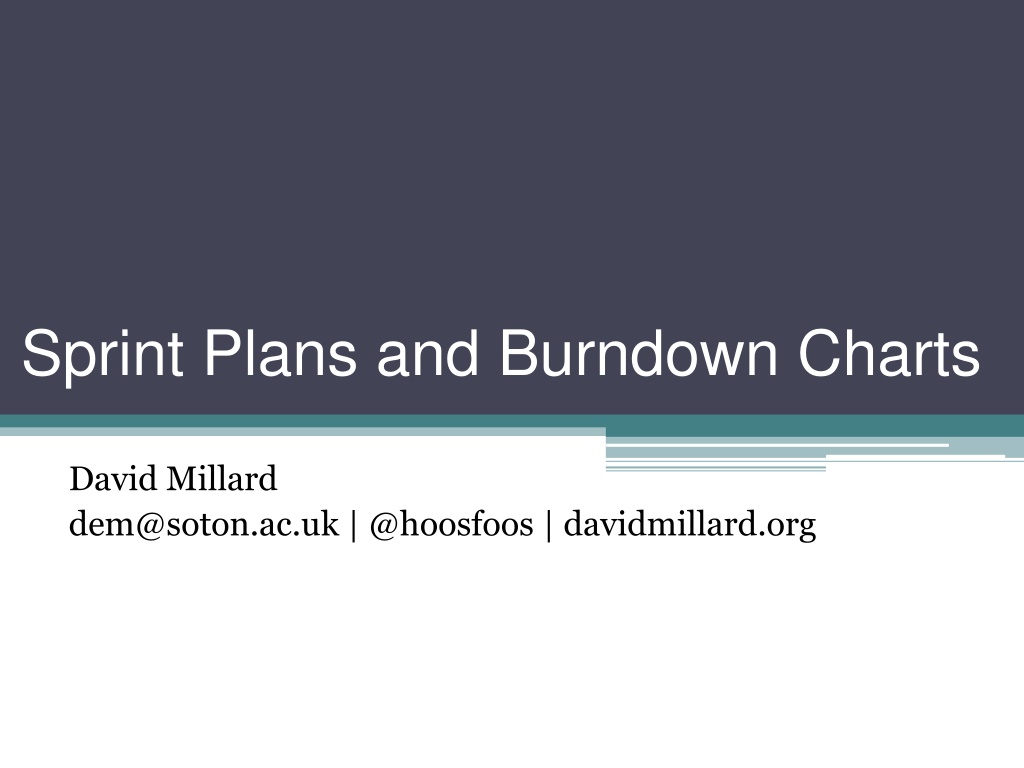
 undefined
undefined


























